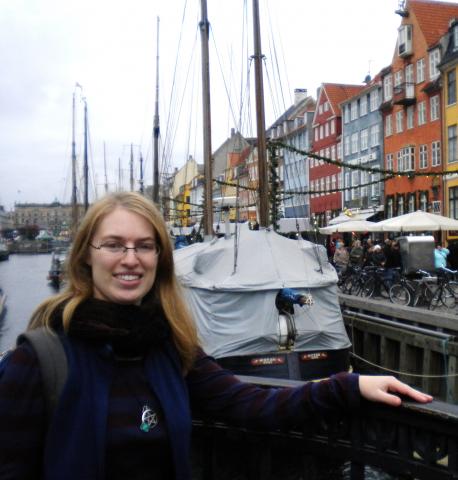Studying Abroad in Copenhagen
Jun 02,2015
From the western edge of the Scandinavian peninsula one does not have to travel far to see a new place. Just across the bay that divides the Swedish town of Malmo from Copenhagen is the nation of Denmark. Over a thousand years, ago Viking cultures resided in small village farms nestled within Denmark's river valleys. At the National Museum of Denmark actual artifacts recovered from watery graves served as evidence to archeologists that the Danish Vikings once paid tribute to their gods through sacrificial and material offerings. Artifacts such as swords and shields were prized possessions among the Vikings due to the difficulties in obtaining the materials used to make them. Viking settlements were patriarchal chieftain cultures where power and wealth was passed down to the eldest son.
Today, Denmark is a democracy. The king and queen do not have political power and instead serve their nation as cultural representatives. Denmark is also a world leader in green energy and sustainable infrastructure. It's streets are filled with buildings that reflect the traditional Old Norse iconography such as polar bears. On one of the city tours, I remember the tour guide mentioning that the Danes described their architecture as hugley which is slang for cute or cozy. In the northern rim of the city stands a statue of the Little Mermaid as depicted by the Danish author, Hans Christen Anderson.






